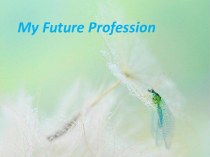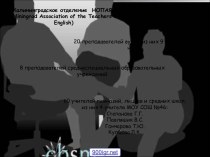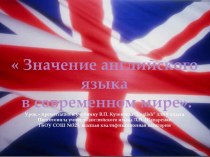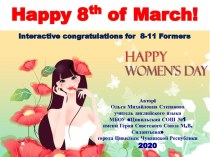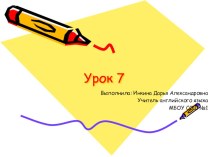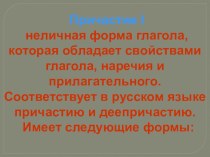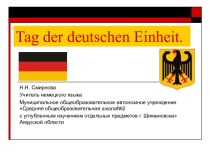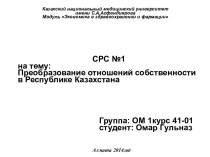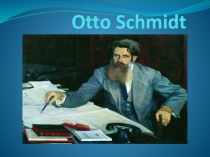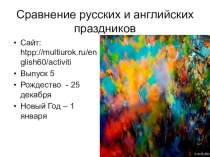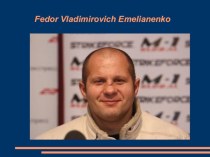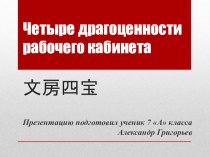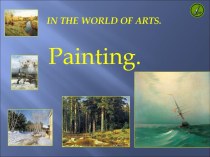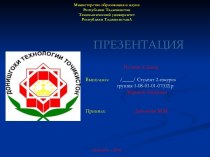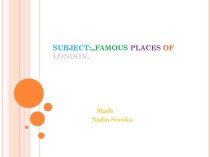- Главная
- Разное
- Бизнес и предпринимательство
- Образование
- Развлечения
- Государство
- Спорт
- Графика
- Культурология
- Еда и кулинария
- Лингвистика
- Религиоведение
- Черчение
- Физкультура
- ИЗО
- Психология
- Социология
- Английский язык
- Астрономия
- Алгебра
- Биология
- География
- Геометрия
- Детские презентации
- Информатика
- История
- Литература
- Маркетинг
- Математика
- Медицина
- Менеджмент
- Музыка
- МХК
- Немецкий язык
- ОБЖ
- Обществознание
- Окружающий мир
- Педагогика
- Русский язык
- Технология
- Физика
- Философия
- Химия
- Шаблоны, картинки для презентаций
- Экология
- Экономика
- Юриспруденция
Что такое findslide.org?
FindSlide.org - это сайт презентаций, докладов, шаблонов в формате PowerPoint.
Обратная связь
Email: Нажмите что бы посмотреть
Презентация на тему Hippie
Содержание
- 2. The hippie subculture was originally a youth
- 3. Hippie fashions and values had a major
- 4. The religious and cultural diversity espoused by
- 5. The Monterey Pop Festival from June 16
- 6. Many took to living on the street,
- 7. As with other adolescent, white middle-class movements,
- 8. One of the symbols of the hippie
- 9. Slogans Hippie 60's.«Make Love, Not War»(«Занимайтесь любовью,
- 10. symbols hippie.
- 11. Famous hippie:Foreign hippies :John Lennon Abbie HoffmanJoplin,
- 12. Скачать презентацию
- 13. Похожие презентации
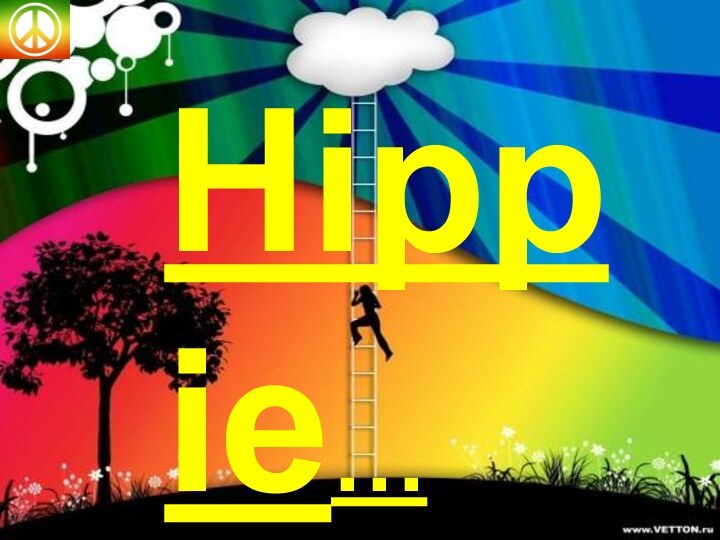



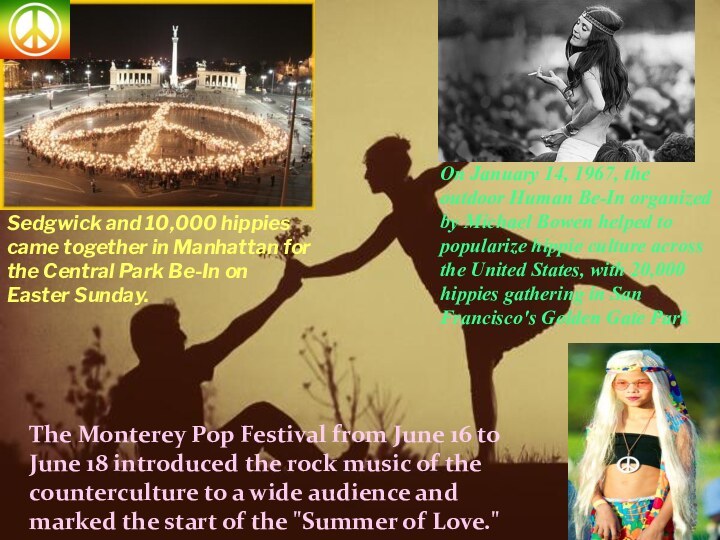
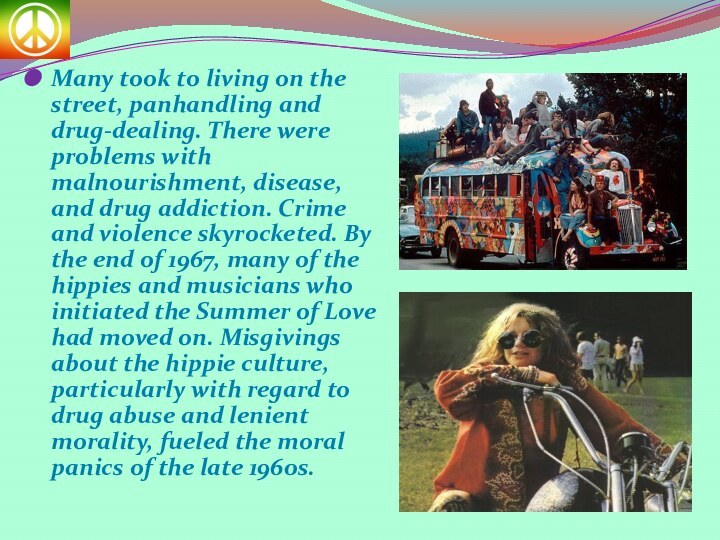
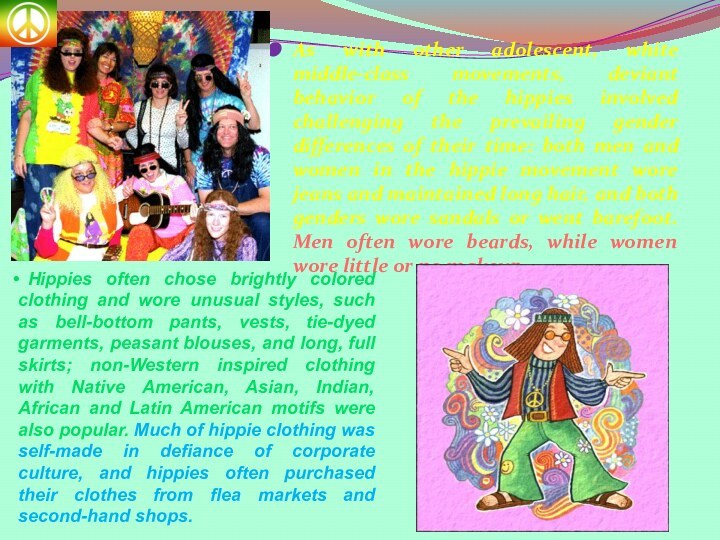

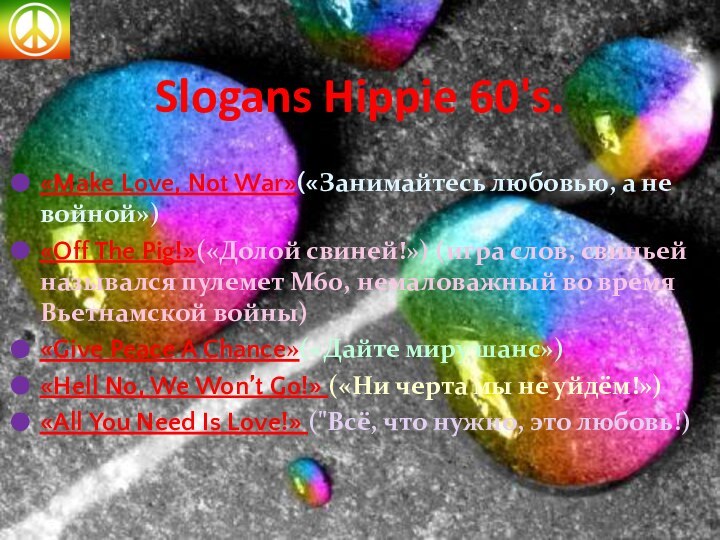

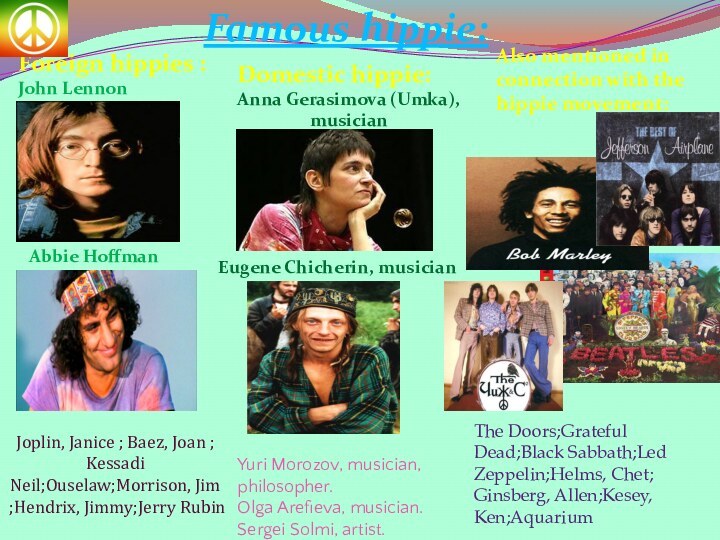
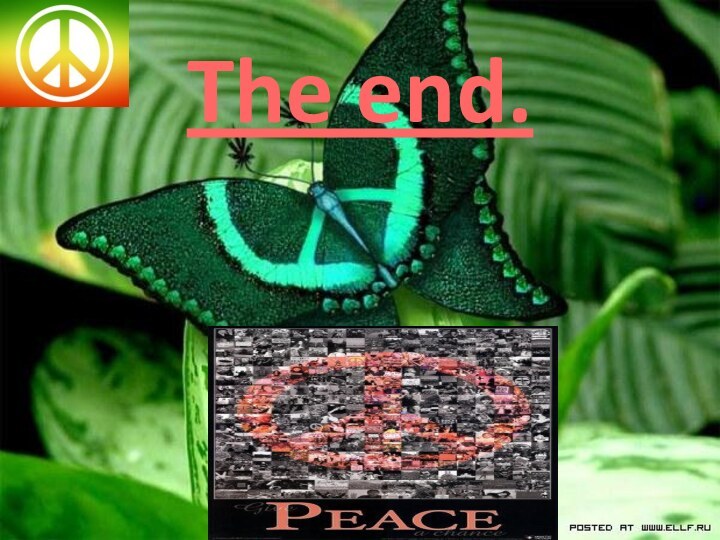
Слайд 3 Hippie fashions and values had a major effect
on culture, influencing popular music, television, film, literature, and
the arts. Since the widespread movement in the 1960s, many aspects of hippie culture have been assimilated by mainstream society.Слайд 4 The religious and cultural diversity espoused by the
hippies has gained widespread acceptance, and Eastern philosophy and
spiritual concepts have reached a wide audience.From around 1967, its fundamental ethos — including harmony with nature, communal living, artistic experimentation particularly in music, and the widespread use of recreational drugs — spread around the world.
Слайд 5 The Monterey Pop Festival from June 16 to
June 18 introduced the rock music of the counterculture
to a wide audience and marked the start of the "Summer of Love."On January 14, 1967, the outdoor Human Be-In organized by Michael Bowen helped to popularize hippie culture across the United States, with 20,000 hippies gathering in San Francisco's Golden Gate Park
Sedgwick and 10,000 hippies came together in Manhattan for the Central Park Be-In on Easter Sunday.
Слайд 6 Many took to living on the street, panhandling
and drug-dealing. There were problems with malnourishment, disease, and
drug addiction. Crime and violence skyrocketed. By the end of 1967, many of the hippies and musicians who initiated the Summer of Love had moved on. Misgivings about the hippie culture, particularly with regard to drug abuse and lenient morality, fueled the moral panics of the late 1960s.Слайд 7 As with other adolescent, white middle-class movements, deviant
behavior of the hippies involved challenging the prevailing gender
differences of their time: both men and women in the hippie movement wore jeans and maintained long hair, and both genders wore sandals or went barefoot. Men often wore beards, while women wore little or no makeup. Hippies often chose brightly colored clothing and wore unusual styles, such as bell-bottom pants, vests, tie-dyed garments, peasant blouses, and long, full skirts; non-Western inspired clothing with Native American, Asian, Indian, African and Latin American motifs were also popular. Much of hippie clothing was self-made in defiance of corporate culture, and hippies often purchased their clothes from flea markets and second-hand shops.
Слайд 8 One of the symbols of the hippie movement
is considered old minibus "Volkswagen", which is traditionally painted
hippie-style «Flower Power». At these vans hippie group liked to ride on a small conservative American town and shock of their inhabitants by various antics.The picture presented minibus Barkas B 1000.
Слайд 9
Slogans Hippie 60's.
«Make Love, Not War»(«Занимайтесь любовью, а
не войной»)
«Off The Pig!»(«Долой свиней!») (игра слов, свиньей назывался
пулемет M60, немаловажный во время Вьетнамской войны)«Give Peace A Chance»(«Дайте миру шанс»)
«Hell No, We Won’t Go!» («Ни черта мы не уйдём!»)
«All You Need Is Love!» ("Всё, что нужно, это любовь!)
Слайд 11
Famous hippie:
Foreign hippies :
John Lennon
Abbie Hoffman
Joplin, Janice
; Baez, Joan ; Kessadi Neil;Ouselaw;Morrison, Jim ;Hendrix, Jimmy;Jerry
RubinDomestic hippie:
Anna Gerasimova (Umka), musician
Eugene Chicherin, musician
Yuri Morozov, musician, philosopher.
Olga Arefieva, musician.
Sergei Solmi, artist.
Also mentioned in connection with the hippie movement:
The Doors;Grateful Dead;Black Sabbath;Led Zeppelin;Helms, Chet;
Ginsberg, Allen;Kesey, Ken;Aquarium


